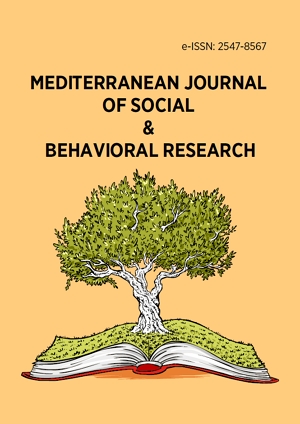Abstract
This study investigated the effect of inhibitory modelling technique (IMT) in modification of bullying behavior among senior secondary school boarding students in Zaria, Kaduna State, Nigeria. The pre-/post-test quasi experimental control group design was adopted. The entire senior secondary two boarding students in Zaria constituted the population for the study. The sample for the study was 282 (172 males and 110 females) students drawn from three boarding secondary schools. Two intact classes in each of the three schools were used. The treatment package for the experimental group was IMT. To establish the relative effect of the treatment in modifying bullying behavior, both experimental and control group were pre- and post-tested using research instrument titled involvement and attitude bullying rating scale. The instrument was validated and have the reliability coefficient of 0.87. Four hypotheses were formulated and were tested using t-test at the α=0.05 level of significance. The study revealed that IMT emerged superior to traditional school counselling technique for modifying attitude to, and involvement in bullying among secondary school boarding students. IMT was also found to be effective for modifying both male and female participants’ attitude to, and involvement in bullying. It was recommended among other that school counsellors should adopt IMT as an anti-bullying intervention for counselling secondary school students against bullying as well as for prevention or modification of bullying behavior in boarding schools.
License
This is an open access article distributed under the Creative Commons Attribution License which permits unrestricted use, distribution, and reproduction in any medium, provided the original work is properly cited.
Article Type: Research Article
MEDITERR J SOC BEH RES, Volume 7, Issue 3, October 2023, 161-168
https://doi.org/10.30935/mjosbr/13401
Publication date: 01 Oct 2023
Online publication date: 18 Jun 2023
Article Views: 1754
Article Downloads: 969
Open Access References How to cite this article
 Full Text (PDF)
Full Text (PDF)